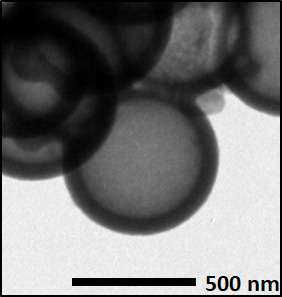Nano-objects for biomedical applications
Low-dimensionality systems are revolutioning biology and health, particularly through the emergence of ‘theranostics’- a field that integrates diagnostic and therapy into siongle platforms. Or research focus on designing and studying the structure-property relationship of multifunctional nanoplatforms (MNP) to advance bio-health applications.

We leverage the unique optical properties of single-walled carbon nanotubes to detect and quantify drug adsorption, and their photothermal properties to trigger drug desorption. We are also developing hybrid nanostructures combining nanotubes and PNIPAM microgels for biosensor applications.
We are also developing FMSNs for non-invasive nanothermotherapy applications at the intracellular level. Coupled with new functionalities such as the release of active ingredients or hyperthermia, they open up possibilities for theranostic applications.
Protein aggregation mechanisms are also studied using our infrared and Raman spectroscopic probes. Controlling self-assembly allows us to form objects suitable for biocompatible nanotransport.
On going or defended Ph.D & postdocs :
- Luc Chavignon (2021–2025)
- Postdoc Tiago Serodre (2024-2028)
References :
- Nanoscale, vol. 14 p.15617-15634 (2022)
- Journal Of Sol-Gel Science And Technology, vol. 107 p.302-311 (2023)
- International Journal of Food Science and Technology, vol. p. (2024)
- “Novel synthesis of thermoresponsive single-walled carbon nanotubes/poly(N-isopropylacrylamide) hybrids”, Carbon 229, 119487 (2024)
- “Visible and near infrared absorption and fluorescence studies of the adsorption and coverage of doxorubicin on single-walled carbon nanotubes”, Spectrochimica Acta A 347, 127013 (2026)
Funded projects on the topic :
- INSERM PCSI TAPAS (2024–2027)